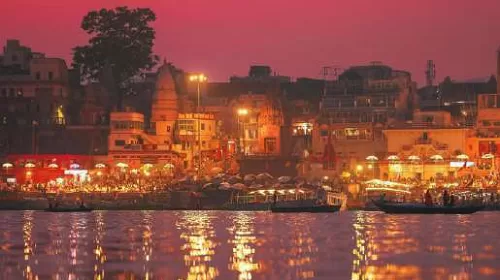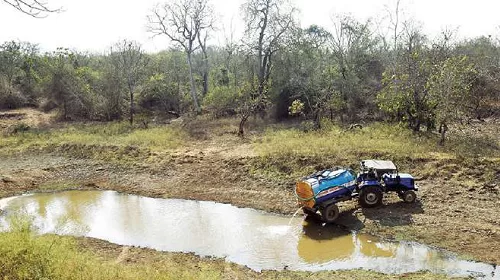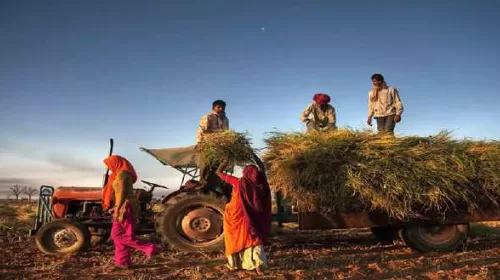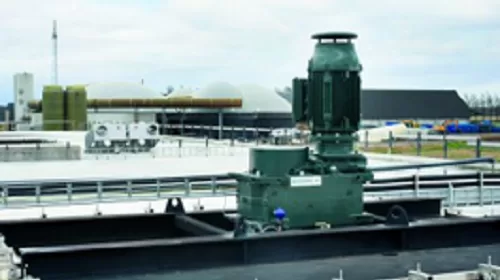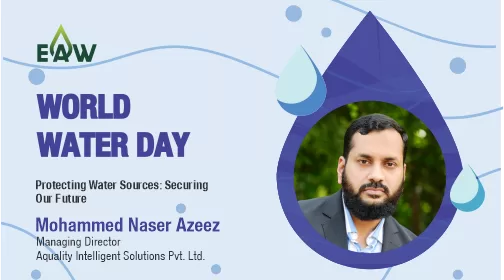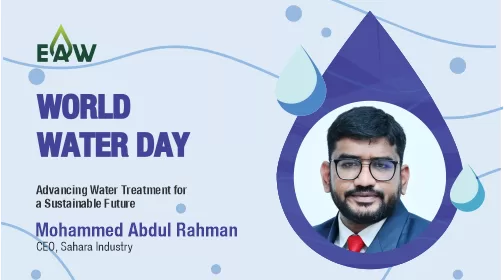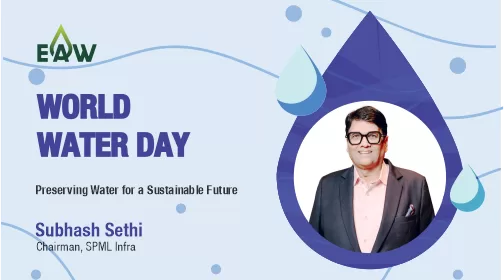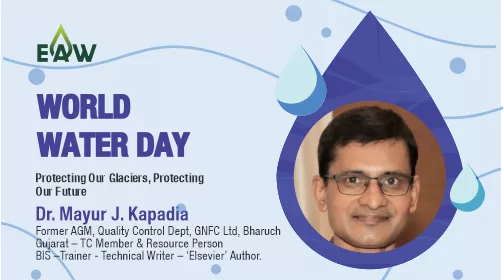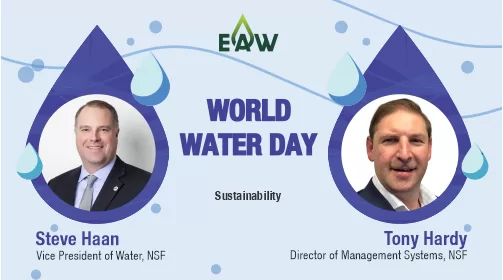A preliminary study by Stanford University’s Richard Dasher and Institute for Competitiveness’ Amit Kapoor has found that the management of toilets, solid waste, and faecal sludge at the recently concluded Maha Kumbh was “99.9 percent perfectly managed” despite enormous challenges. The 45-day Maha Kumbh, held on the banks of the Ganga in Prayagraj, saw participation from over 65 crore people. Approximately 4,000 hectares of reclaimed land along the river was transformed into a temporary city. Kapoor, with a team of 10 researchers, assessed various aspects of water and sanitation management…
Read MoreAuthor: eawater
Restoring The Divine Glory Of River Ganga: Namami Gange Programme Achieves Significant Milestones
The Namami Gange Programme, launched in 2014 by the Government of India, represents one of the most comprehensive initiatives to restore the Ganga River through pollution abatement, ecological restoration, capacity building, and community engagement. Against available resources of Rs.20,424.82 crore for 2014-2023, the National Mission for Clean Ganga (NMCG) has disbursed Rs.16,648.49 crore, about 82% of budgetary provisions. The programme’s Rs.42,500 crore financial outlay serves as a sanctioning space rather than an immediate expenditure target, covering current spending and future commitments over a 17-year infrastructure lifecycle. The Hybrid Annuity Model…
Read MoreSaving Nagarahole: Water Tankers step in as Several Lakes Run Dry
As temperatures rise, Nagarahole Tiger Reserve faces increasing water scarcity, with six of 18 lakes in the wildlife-rich Antharsanthe zone drying up. This zone, known for its tigers, elephants, black panthers, deer, pythons, and wild dogs, sits adjacent to the Kabini backwaters. The Forest Department has responded by deploying water tankers to replenish dry lakes, making multiple trips daily to provide relief to thirsty animals and prevent them from straying into human settlements. The department prioritizes refilling lakes near village outskirts, particularly along the HD Kote-Manandavadi Road, to reduce human-wildlife…
Read MoreCrop Diversification to reuse: Haryana meets 85% Water Conservation Goals
Haryana saved 5.8 billion cubic meters of water from March 2023 to February 2025, reaching 85% of its target according to HWRA. The state aims to save 6.9 BCM by March 2025 through wastewater reuse, efficient cultivation, crop diversification, micro-irrigation, and groundwater recharge. The initiative began after HWRA identified a deficit of 14.03 trillion liters between water availability (20.9 trillion) and demand (34.96 trillion) for 2020-2022. This is critical as 60% of the state falls in the ‘red’ category for groundwater exploitation. For 2025-26, Haryana plans 244 new water bodies…
Read MoreMAXXDRIVE® from NORD implements biogas production
Although relatively new, the MAXXDRIVE® industrial gear units from NORD DRIVESYSTEMS are among the established drive solutions for heavy-duty applications. Apart from conveying, lifting and driving, mixing and agitating are among the most important application areas. For the agitators in a non-standard biogas plant in the Netherlands, the powerful industrial gear units significantly contribute to the implementation of gas production. MAXXDRIVE® industrial gear units from NORD DRIVESYSTEMS can be found in all industrial applications, where high performance and high ratios are required. They achieve output torques of up to 282,000…
Read MoreProtecting Water Sources: Securing Our Future
On World Water Day 2025, let us embrace the theme of glacier preservation, recognizing the urgent need to protect our planet’s glaciers, one of the most vital sources of freshwater. As the global warming and climate change accelerates glaciers melting, the consequences on global water security, ecosystems, and human populations are becoming increasingly severe. The Importance of Glaciers in Our Water Ecosystem Glaciers store approximately 70% of the world’s freshwater, acting as natural reservoirs that regulate water flow to rivers, lakes, and groundwater sources. In the mountainous regions like the…
Read MoreAdvancing Water Treatment for a Sustainable Future
On the World Water Day, we come together to recognize the need for clean and pollution free water and sustainable management of our planet’s most vital resource. This year’s theme, Glacier Preservation, draws our attention to the alarming rate of glaciers melting due to climate change, uncontrolled human activities and the profound impact it has on global water security. Glaciers are the lifeline of many of the world’s major river systems, serving as natural reservoirs that supply freshwater to global population. In India, the Himalayan glaciers are crucial for sustaining…
Read MorePreserving Water for a Sustainable Future
On this World Water Day, we reflect on the critical importance of preserving water and the urgent need to protect our water resources – surface, underground and planet’s glaciers. This year’s World Water Day theme, Glacier Preservation, highlights the alarming rate at which glaciers are melting due to climate change and the severe consequences this has on global water security. Glaciers serve as natural reservoirs, storing vast amounts of freshwater that sustain billions of people living on this planet earth along with the agriculture, and ecosystems. The rising global temperatures…
Read MoreProtecting Our Glaciers, Protecting Our Future
Since year 1993, 22 March is being celebrated every year as ‘World Water Day’ to highlight the importance of water in our lives and to support the achievement of Sustainable Development Goal 6: ‘Water and sanitation for all by 2030’. This year, the focus is on glacier preservation — a critical issue that affects us all. Glaciers are the world’s natural water towers, providing fresh water to millions of people and supporting rivers, lakes, and entire ecosystems. But with climate change causing rapid glacier melt, we are losing these vital…
Read MoreWorld Water Day 2025: Sustainability
To help combat climate change and save our glaciers, identifying where organizations can improve sustainability is crucial. One way is to reduce waste. Waste in forms including water, chemicals and plastic, all contribute to a company’s environmental footprint. To improve a building’s sustainability score, every organization can implement water recycling and rainwater harvesting, renewable energy sources and recycling programs. Organizations in the manufacturing space can consider utilizing recyclable and biodegradable packaging materials, energy-efficient machinery and sustainable cleaning agents. In addition to waste reduction, establishing an environmental process that defines clear…
Read More


